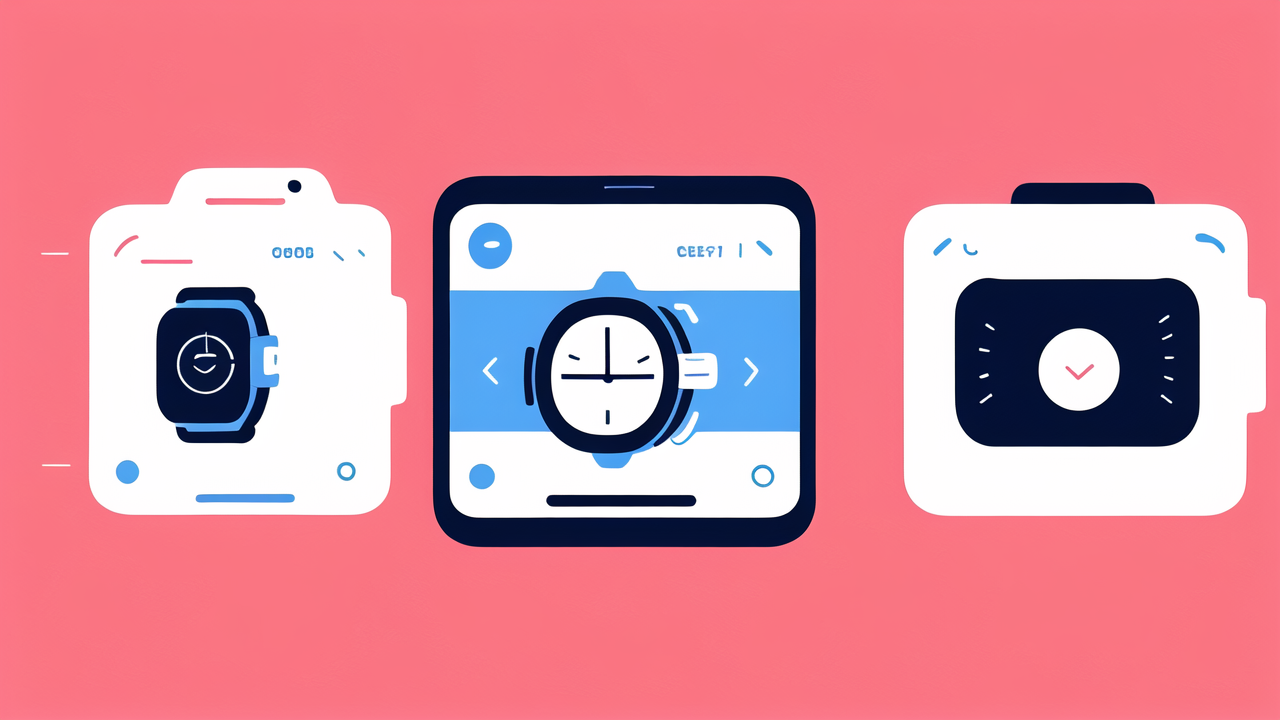Understanding the Smart Watch Landscape in the United States
The Evolution of Smart Watches: From Novelty to Necessity
Smart watches have seen a rapid shift in the U.S market. Once seen as high-tech toys, they are now vital tools for many. Their evolution mirrors tech's growth in daily life. Early smart watches offered basic features, such as time and alarms. Modern devices now track health, run apps, and even make calls. This change isn't just about better tech. It reflects our need for connectivity and health data.

The demand for these watches grows as they become more useful. People want devices that help with their busy lives. Smart watches now meet a need, rather than just being a novelty. As they gain functions, they become a key part of our daily routine. This is why the U.S. sees a rising trend in smart watch ownership.
Analyzing Market Trends and Consumer Demands
In the United States, the smart watch market is thriving due to evolving consumer needs. Fitness tracking and heart rate monitoring are now just baseline features. Consumers also demand ease of integration with their smartphones and other smart home devices. There's a growing interest in wearable payment systems and advanced health features like blood oxygen tracking. Also, aesthetics matter; people want a watch that suits their personal style. As competition heats up, manufacturers are racing to offer these features while balancing costs and battery life. Understanding these trends is key for any brand aiming to succeed in the U.S. smart watch market.
The Role of Wearable Technology in Today's Lives
In the U.S., wearable tech like smart watches serve many roles. They act as fitness trackers, mobile devices, and even fashion items. This gear helps users stay connected and healthy. They fit into daily life with ease. People use them at work, the gym, and home. The tech also offers safety features, such as fall detection and emergency calls. As such, smart watches are becoming vital for a modern lifestyle.
Key Features of Top-Selling Smart Watches
Integrating Health and Wellness: The New Frontier
Smart watches are evolving as health partners. They track vital signs like heart rate and sleep. Modern devices also monitor stress, oxygen levels, and workouts. They can even offer insights on mental wellness. Some watches work with apps for guided meditation and breathing. Many people now rely on them for daily fitness goals. This trend shows a shift in smart watch features. Health and wellness have become key for buyers.
Power and Battery Life: A Critical Aspect for Endurance
A smart watch must keep pace with an active user. Battery life is key for this. Many top models now boast extended battery life, ensuring users stay connected for days. This is critical for users who hate frequent charges. There is also a trend in rapid charging capabilities. This feature allows for a quick boost when time is limited. Overall, power and battery life remain at the heart of user satisfaction. They allow for enduring performance during workouts, travel, and daily routines.
Design and Aesthetics: The Intersection of Fashion and Functionality
In the realm of top-selling smart watches, design and aesthetics hold significant weight. Users are drawn to devices that are not just tech-savvy, but also stylish and versatile. They seek watches that compliment their personal style and can be worn on many occasions. Thus, manufacturers are blurring the lines between tech and fashion. Sleek lines, customizable faces, and a range of bands and materials are offered. These include high-end metals and designer collaborations. The aim is to have a smart watch that enhances the wearer's look while providing advanced features.
The Future of Smart Watches: Innovations and Predictions
How AI and Machine Learning are Shaping the Future of Wearables
The era of smart watches is evolving with AI and Machine Learning (ML). These technologies are key drivers for advanced features in wearables. AI enables personalized user experiences by adapting to habits and preferences. ML algorithms monitor health metrics more accurately, improving wellness tracking. Predictive analytics can warn users of potential health issues. This fusion of AI and ML in smart watches is paving the way for more intuitive and helpful wearables in our daily lives.
The Impact of 5G on Smart Watch Performance
The advent of 5G is set to turbocharge smart watch capabilities in the U.S. This lightning-fast network promises to improve data transfer rates, making downloads and streaming on smart watches quicker than ever. Users can look forward to more reliable connections, fewer delays, and real-time syncing with other devices. With 5G, smart watches will handle complex tasks with ease, from navigating city streets to streaming music and receiving instant notifications. This tech leap could also pave the way for new features, such as augmented reality (AR) experiences on-the-go.
The Potential of Smart Watches in Professional Settings
Smart watches are changing the workplace. They offer tools that aid in productivity and communication. In professional settings, they can track work hours and set task reminders. They also allow for quick access to emails and calls. Some models integrate with enterprise software. This means more efficient data access and time management. For field workers, GPS and health tracking are key features. These watches help ensure safety and on-the-go reporting. Companies see them as a way to boost workflow and employee wellness. The future holds more tailored apps for various industries. This will improve how we work and manage tasks. Smart watches are becoming essential in the professional world.




Leave a comment
This site is protected by hCaptcha and the hCaptcha Privacy Policy and Terms of Service apply.